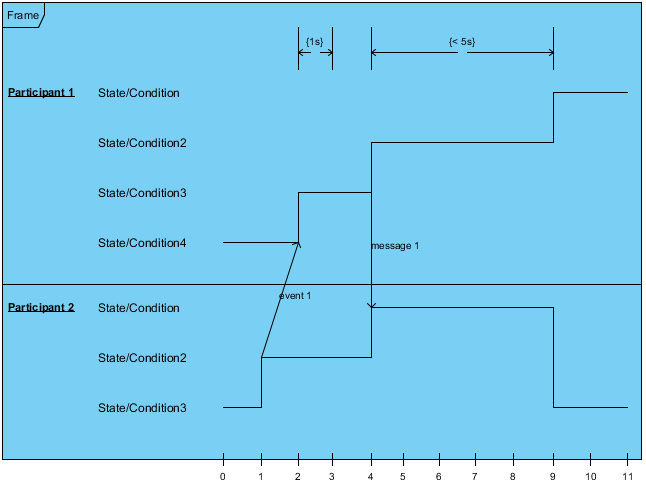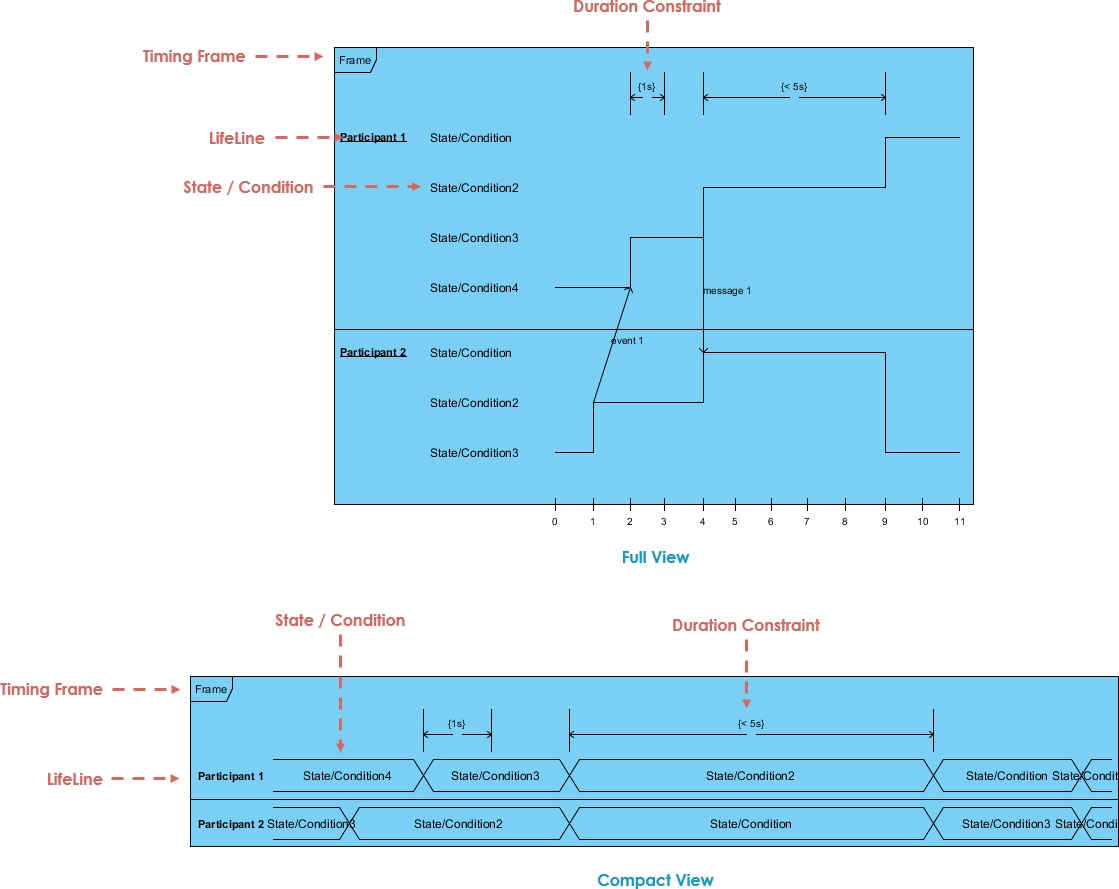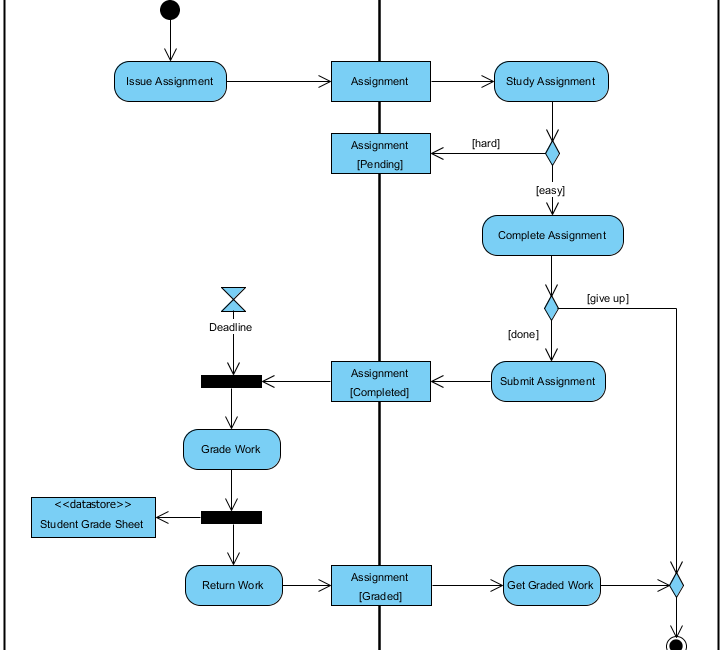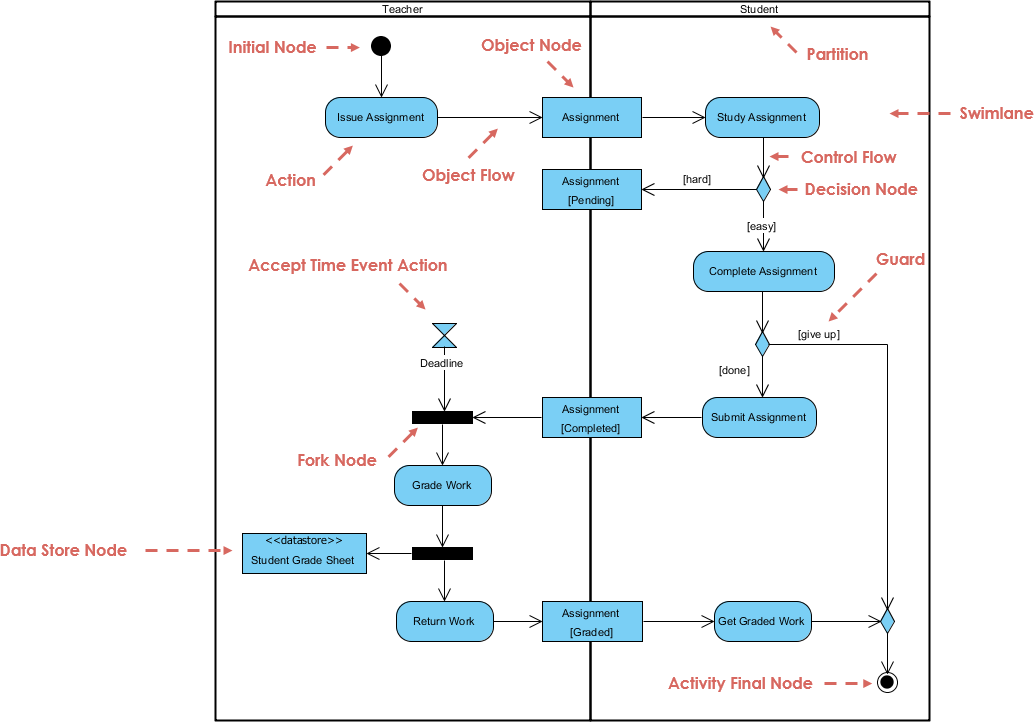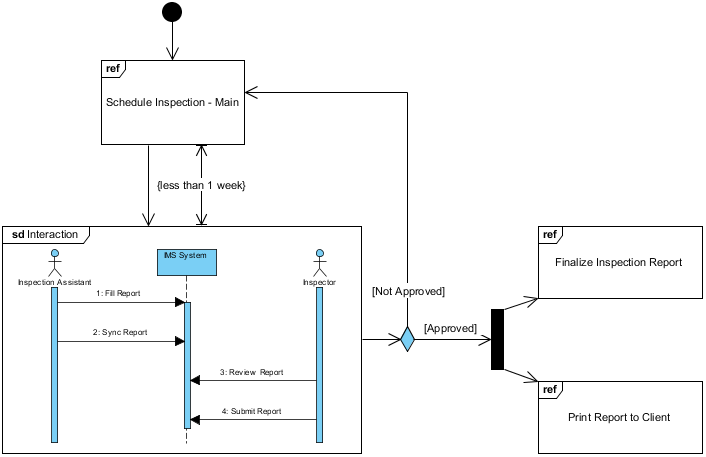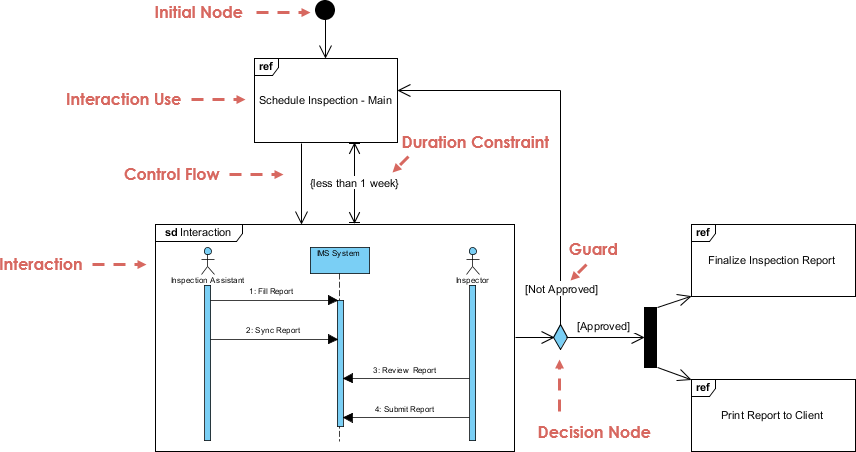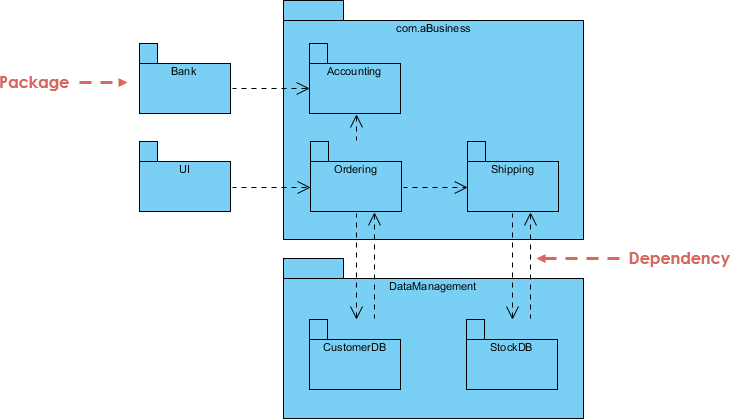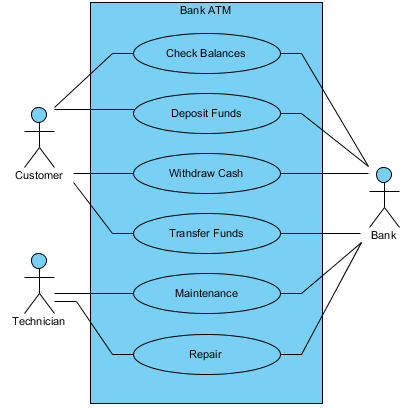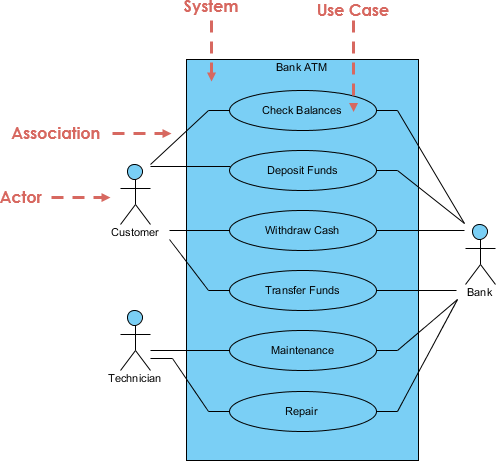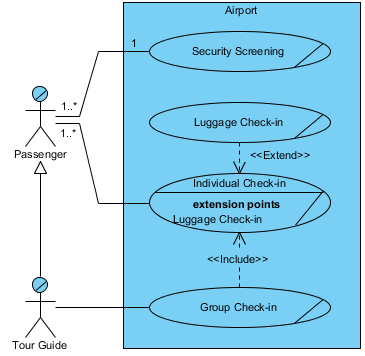
This deployment diagram example shows the deployment topology of a music Jukebox System and the relationship among the nodes: client PC, Web Repository and the Jukebox System. Each of the deployment nodes resides the component(s) which deployed to them.
Import into your Project
Open diagram in Visual Paradigm [?]Copy the URL below, paste it in the Open Project windows of Visual Paradigm and press Enter to open it |
Posted by:



